Taiwan: coffee or tea?
When people think of Taiwan, Oolong tea might be one of the first things that comes to mind. Taiwan has a long history with tea and just outside of the capital Taipei, many teafields can be found in the hills at Maokong or in Pinglin district. Tea houses are dotted around the hills, where you can drink the most exquisite teas and experience the many customs this teaculture brings along. However, coffee is currently in equal demand and coffee places pop up like mushrooms all over Taiwan; how come this island filled with tea lovers, turned into such a coffee minded culture?

The story of coffee in Taiwan goes way back, when the Dutch occupied a part of Taiwan and set up a trading port in 1624, now known as Tainan (you can still visit the former Dutch forts like ‘Fort Zeelandia” or ‘Fort Provintia’ in Tainan). The Dutch, already a big fan of coffee, saw Taiwan as a potential coffee plantation. The Dutch East India Company started growing arabica coffee together with local tribes people, however their efforts were not very successful and local tribes people rather used the red beans as a form of decoration. The Dutch also didn’t have much time to experiment with best coffee growing locations, because Koxinga defeated and banished the Dutch from the island in 1662. Then Taiwan got colonized again, by Japan this time, who also saw the potential of growing coffee on the island. The Japanese were more successful, planting coffee in the hills with nutrient rich soils in Yunlin county. The coffee produced in Taiwan wasn’t for local consumption though, the island was still filled with tea lovers and moreover, coffee was seen as a luxurious product and got exported back to Japan. So when the Japanese left in 1945, most coffee plants were removed and replaced by tea plants. The tea culture in Taiwan thrived again, developing and exporting many famous types of tea like Oolong tea and milk teas.

Still, some people were loyal to the coffee and a few decades ago, with the economy thriving, some people started investing in coffee shops following a global example. Back in Yunlin county (Gunkeng) farmers started replacing tea plants with coffee plants once more and other areas followed, like Dongshan in Chiayi county. First the Taiwanese mainly exported their beans, but since the mid 1990, with a growing number of coffeeshops and developing tastes among the population, Taiwanse coffee started developing quickly. Realizing that Taiwanese coffee could not compete with large international brands (mainly because of the still limited production and more expensive labor) they started competing in terms of quality and experimenting with flavors. Nowadays Alishan and Chiayi county even became famous for their excellent coffees!
Today, at each 7-11 or FamilyMart (and these shops are everywhere!) you can get a decent cup of coffee for around 35 ntd (1 euro). But off course the tasty coffee doesn’t stop at 7-11; there are chains like Lousia (recognizable from the ginger haired woman logo), Cama (with a weird white bean logo), or 85°C Bakery Café (from a smart owner who used to run a bubble-tea store). They all deliver very good coffees, for around 2 euro’s and you can sit inside, take your laptop and work the whole day if you want. At Cama they even roast their own beans and there are many types of coffee you can try.
We looked for some coffee farms to visit around the country and we are very enthusiastic about the Dongshan coffee road; you can cycle here and stop whenever you want for a delicious cup of coffee at one of the many coffee farms (wherever you go, do make a stop at Dachu Coffee Estate). They even serve homemade cookies and jam made from the red coffee berries. Another inspiring place is a coffee farm in Yilan (Cheng en Cafe) owned by a very enthusiastic farmer which Viola visited during a field trip. This site was selected by one of her classmates, studying coffee farms for her PhD project. Yilan is a coastal city and the coffee plants are grown on sand, close to the coastline in a low altitude and salty humid climate, which seems to be very unsuitable for growing coffee. Yet, he succeeded; he imported beans from Rwanda and these plants quickly adjusted to the wet and colder Yilan climate. In Taiwan it’s always Arabica beans you’ll find, more suitable for the humid Taiwanese climate. The plants in Yilan grow even better since he added some compost consisting of herbs, which he gets as waste from a factory that produces organic Chinese medicines. We soon found out this man was a scientist and likes experimenting with different processes and various types of plants and beans. We tasted a type of ‘wine coffee’ which has a winey taste by leaving berries first drying in the sun before processing them. His new plan is to let some bees go wild in the blooming season next spring, to create a special type of coffee-honey. We will be visiting again!
Of course we also wanted to try if we could make a decent cup of our own arabica coffee. We picked some red beans growing along the Dongshan road and peeled them, dried them, peeled them again and dried them until they were ready to roast (according to our understanding). We read that you can roast them in a pan and have to wait for the typical crack sounds to know if they are ready. We like a strong cup of coffee, so we waited until we heard the second crack…which didn’t come while the beans were starting to smell really burned and were roasted unequally. In the end we heard a few beans crack for the second time, but the burning smell became too strong now, so we decided it was time to stop and grind the beans. In the end it was a very bad cup of coffee… It was a fun experience but we will leave it to the experts.
And there are many experts; if you want to taste some coffee in Taipei, Dongmen and Guting area house the most charming coffee shops. You can find the cosiest shops down in alleys where it seems no one had gone before, they are hard to find but still surprisingly full of people. You have coffee shops with cats, bikes, the most fancy equipment and devices to create the perfect cup of coffee. Moreover, every self-respecting coffee shop has its own roasted beans. The development of coffee production and coffee shops definitely must have changed the city landscape the past few decades. Good coffee has become mainstream, although the ‘cafe creme’ we are used to in Europe still has to find its way here… The american influence (as in many things;) is too big, as it made cafe Americano the only option without milk.
So, Taiwanese people have developed a real taste for coffee in the last few decades, and having high standards, quality is guaranteed. Therefore many Taiwanese now also have a place in their heart for coffee, although they probably still appreciate a cup of (Oolong) tea.


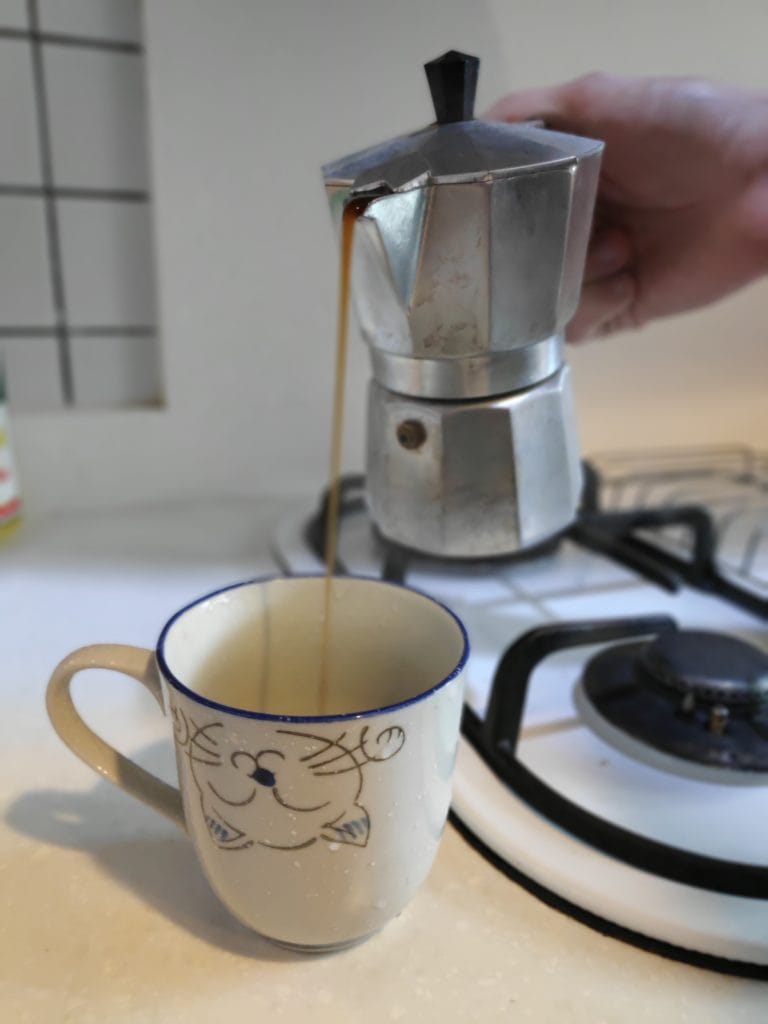
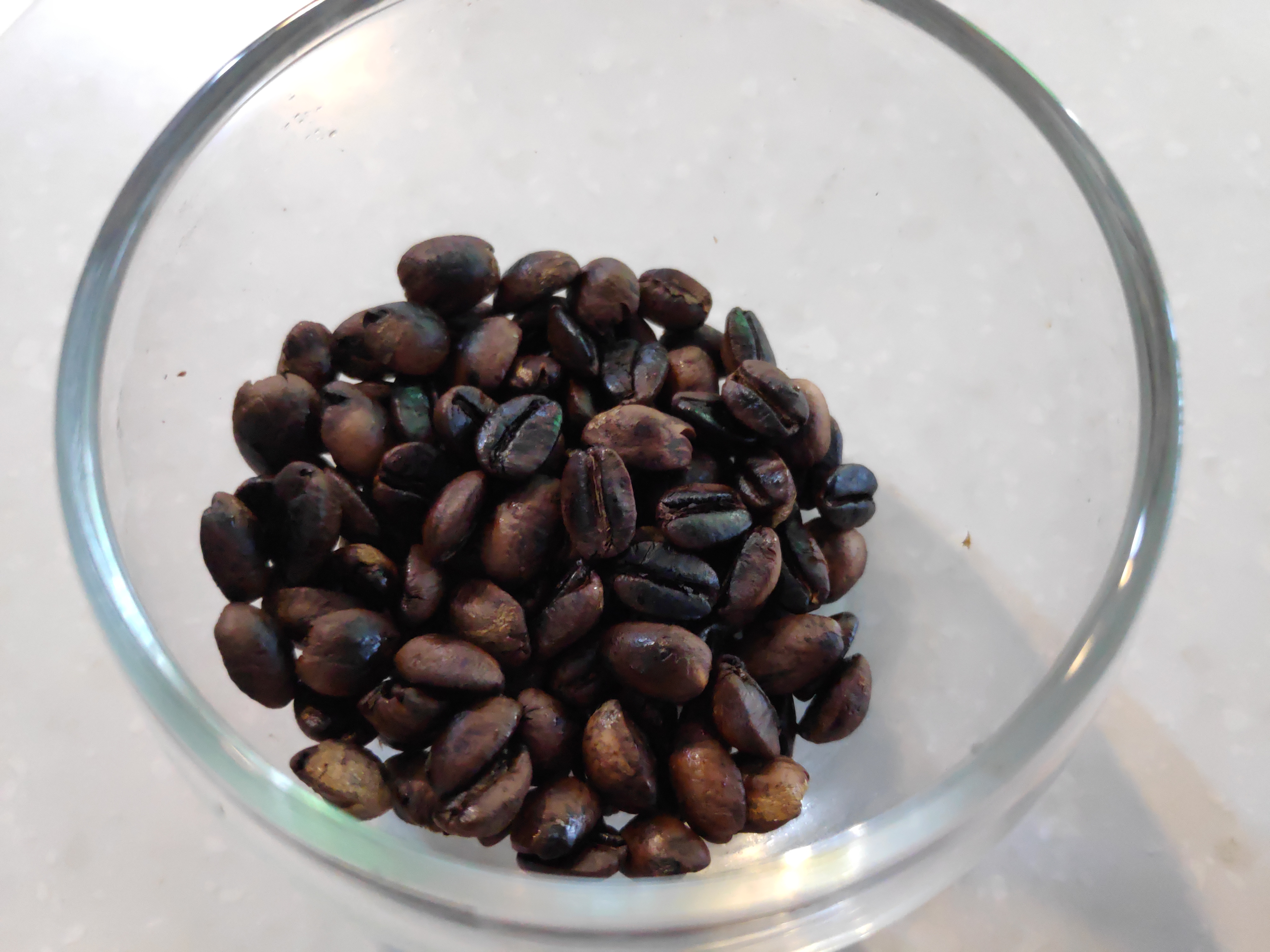
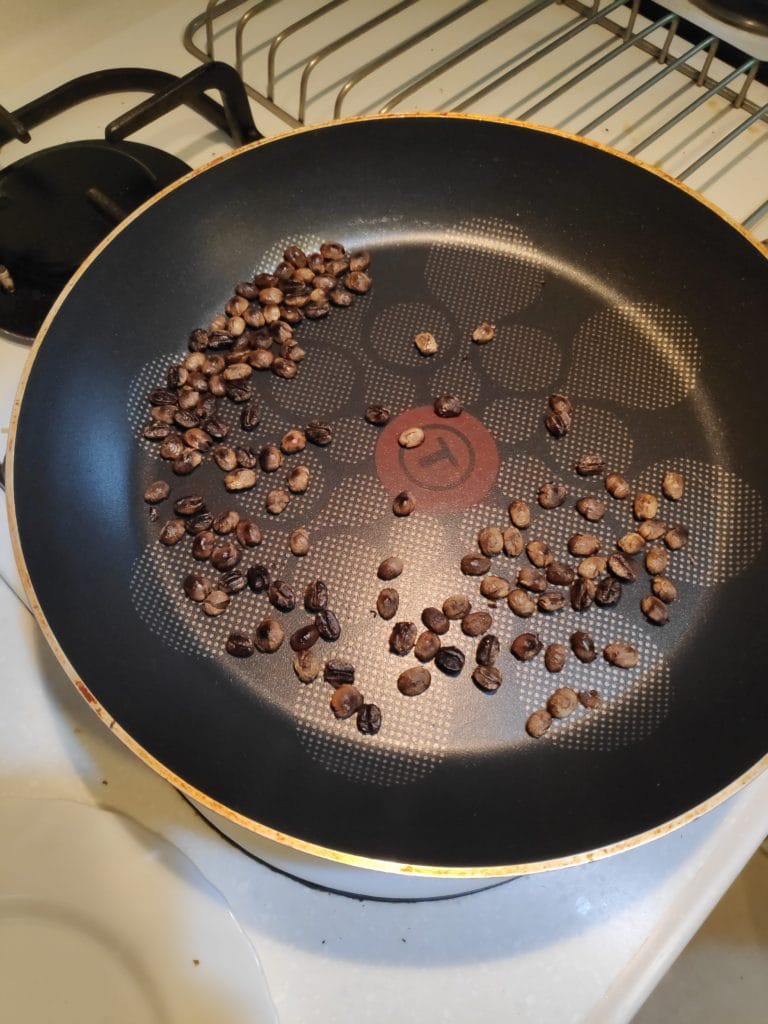
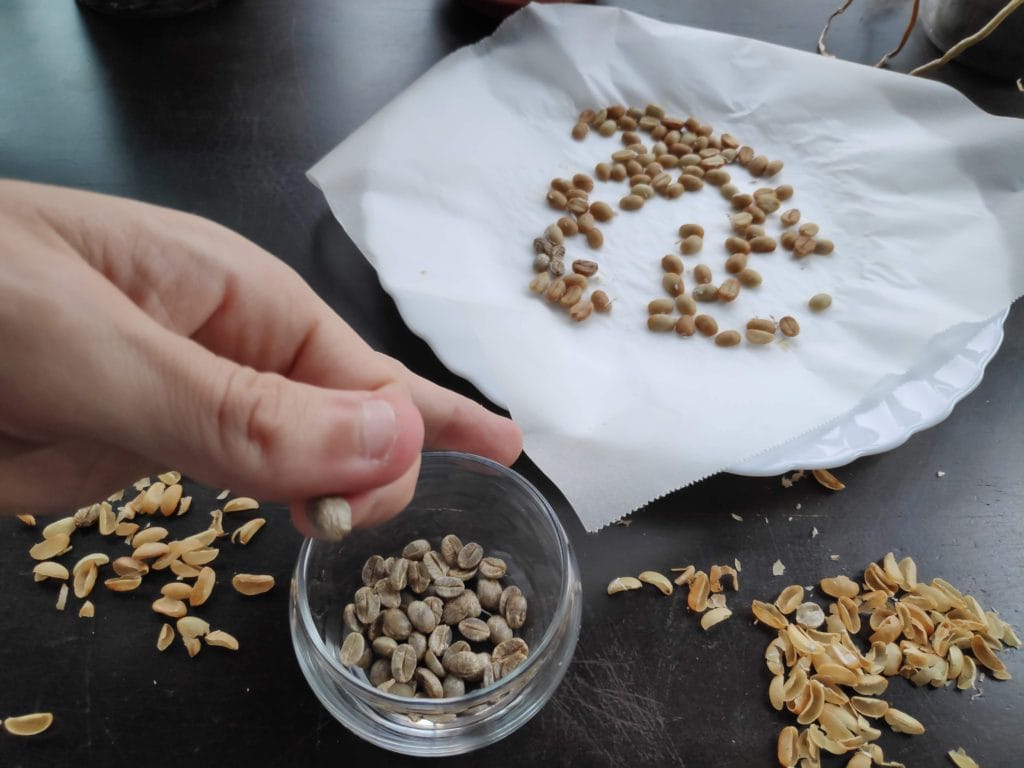
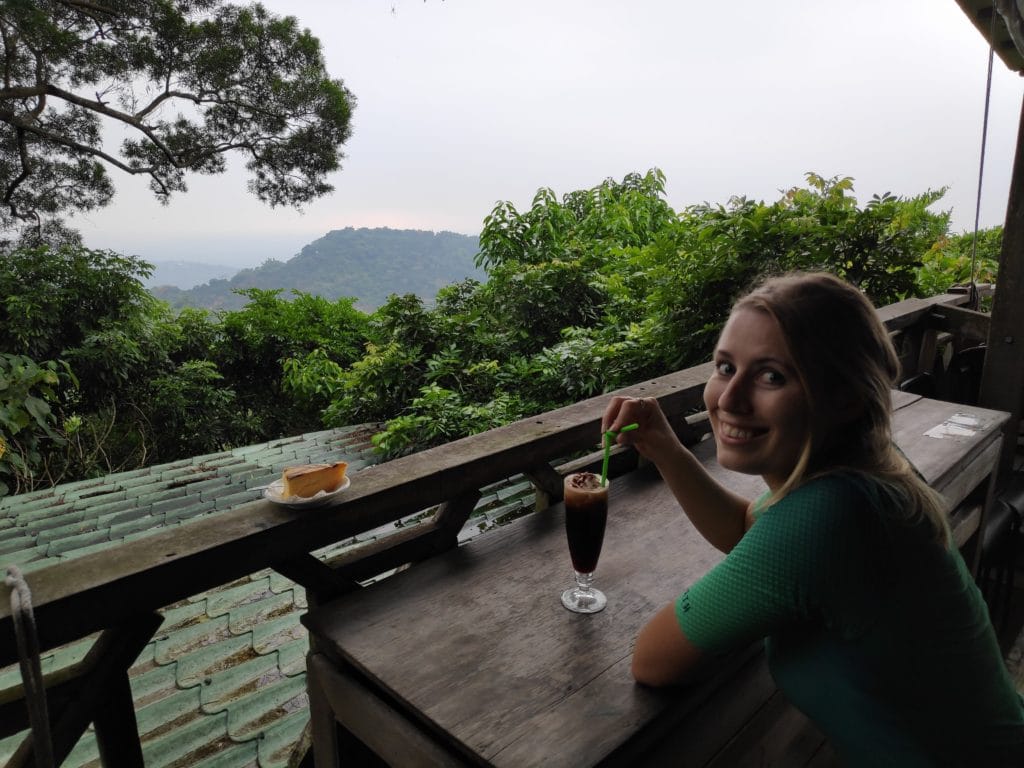
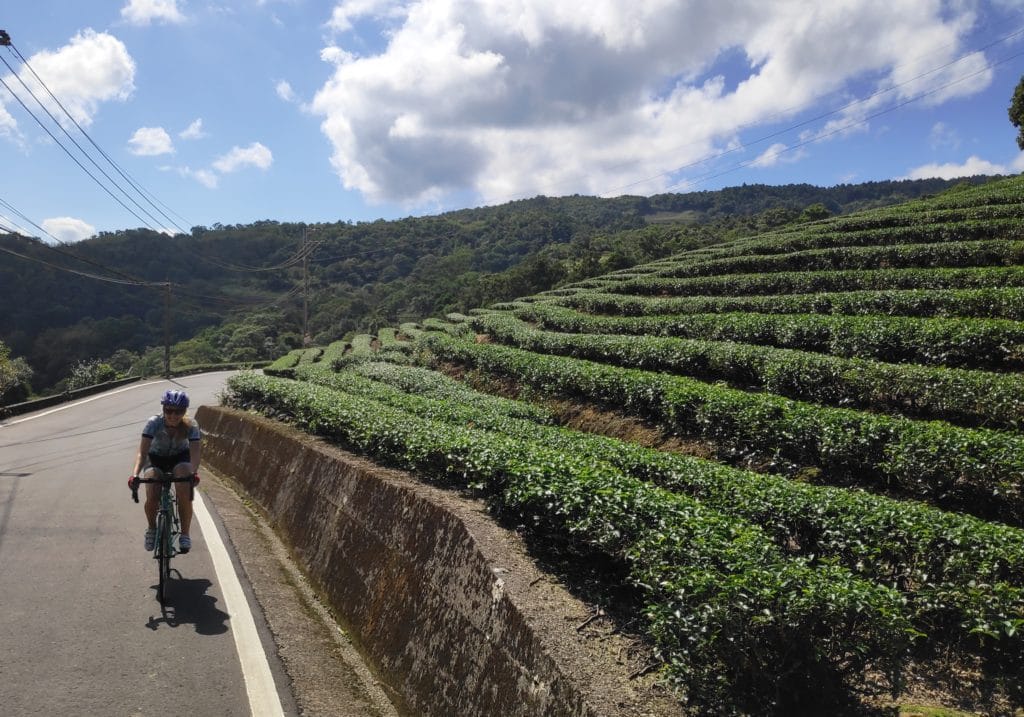
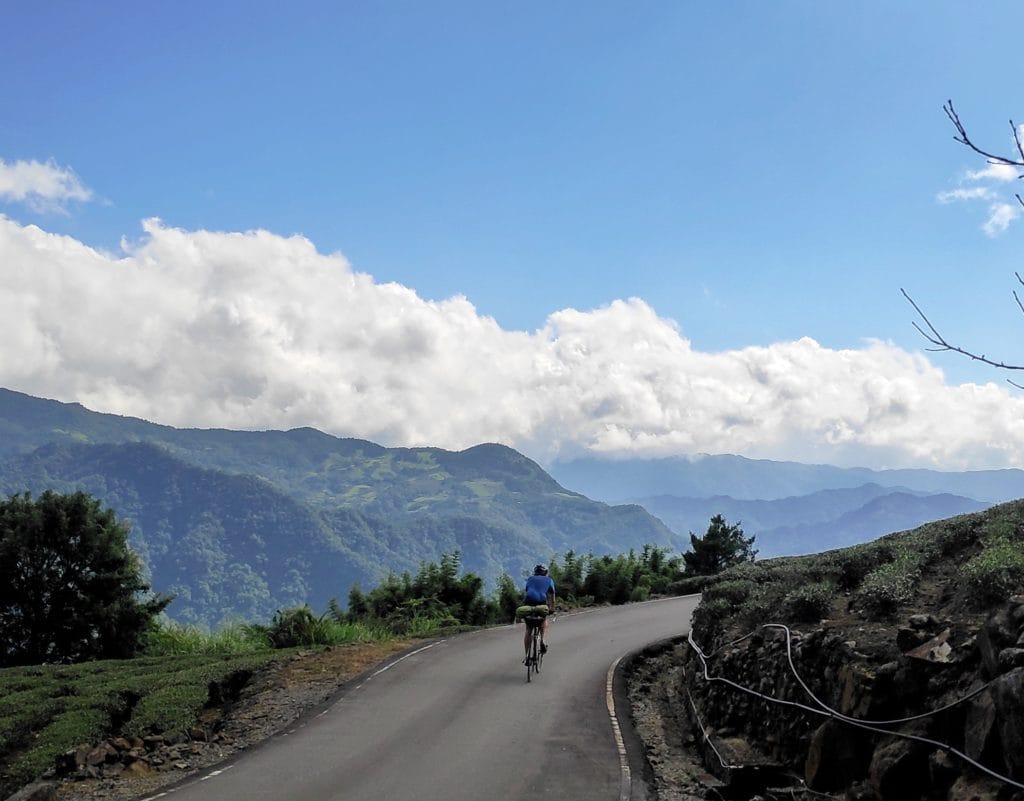
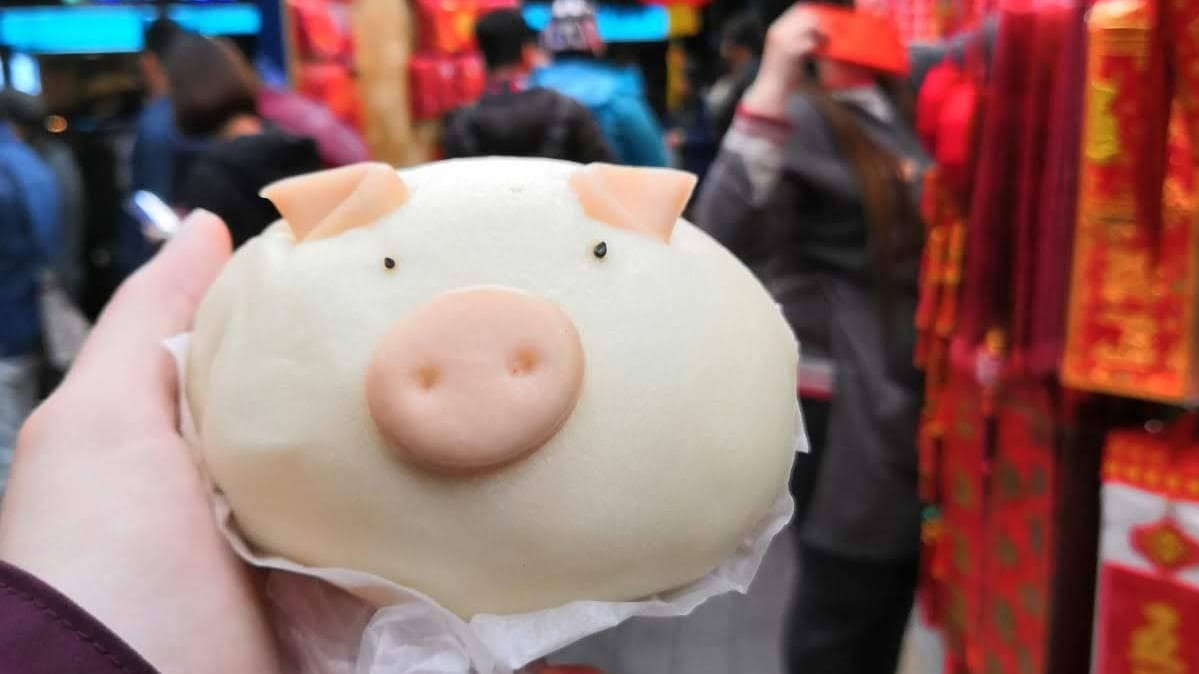
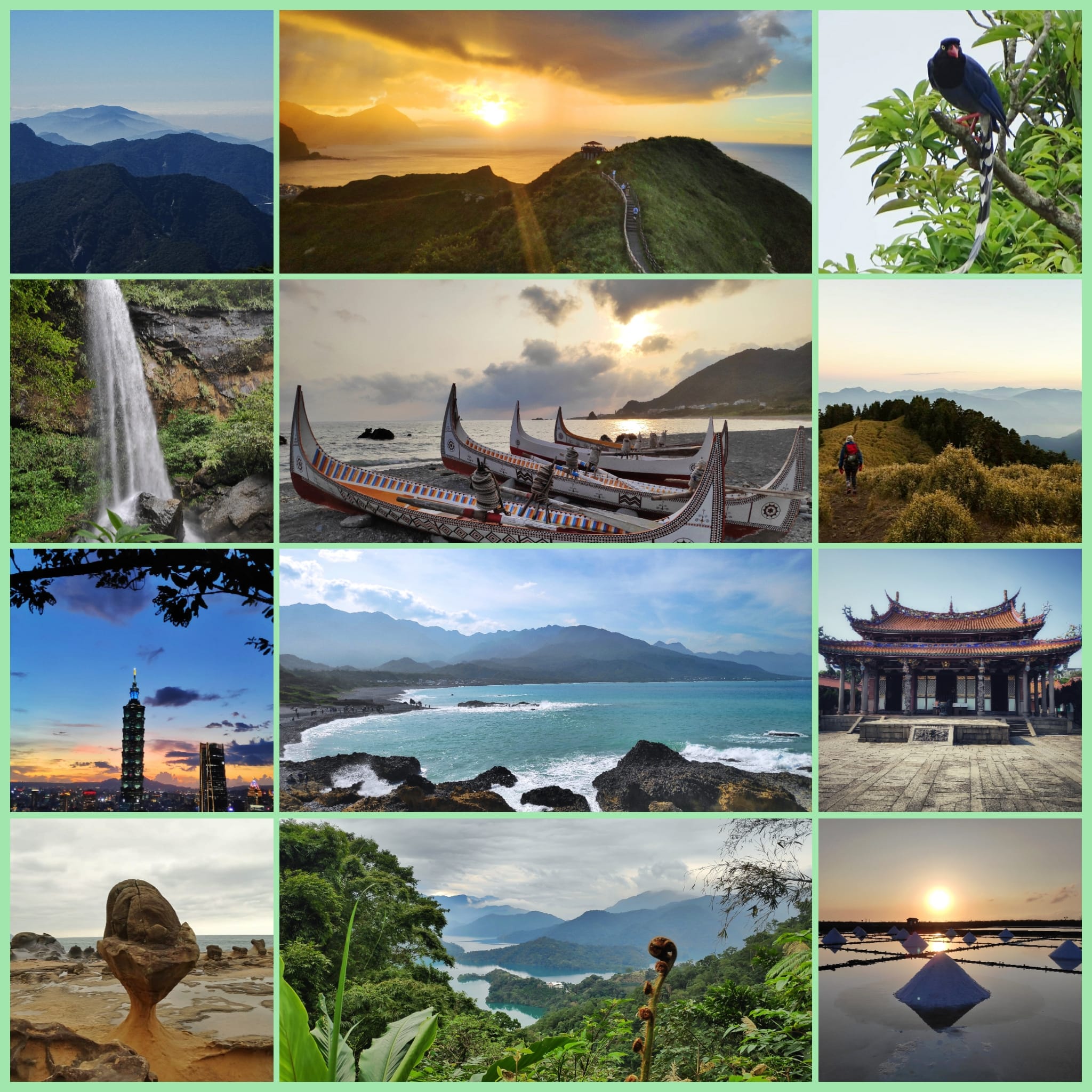
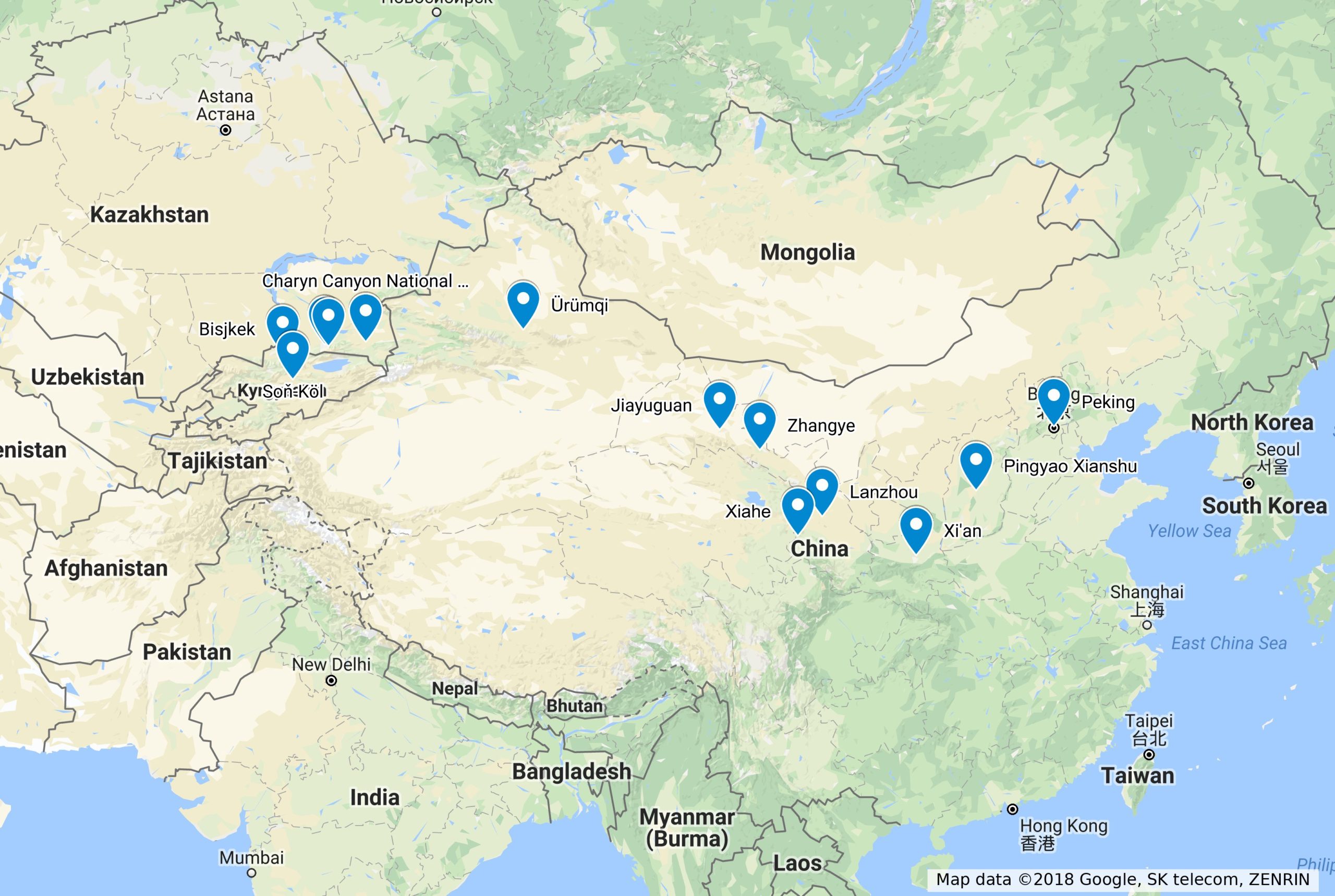





What nice blogs and so much fun that you share your adventures in this way.
Leuk verslag weer! Heerlijk die koffietentje lijkt me!
Haha wat heerlijk om te lezen dat jullie aan het experimenteren zijn geslagen met jullie eigen koffie. Krijg bij het lezen van deze blog ook helemaal zin om met jullie op koffie-avontuur te gaan in de binnenlanden van Taiwan, op zoek naar de honing koffie, haha mooi :)!
Haha wat heerlijk om te lezen dat jullie aan het experimenteren zijn geslagen met jullie eigen koffie ! Krijg helemaal zin bij het lezen van deze blog om met jullie op koffie-avontuur te gaan in de binnenlanden van Taiwan, op zoek aar de honing koffie, haha mooi 🙂